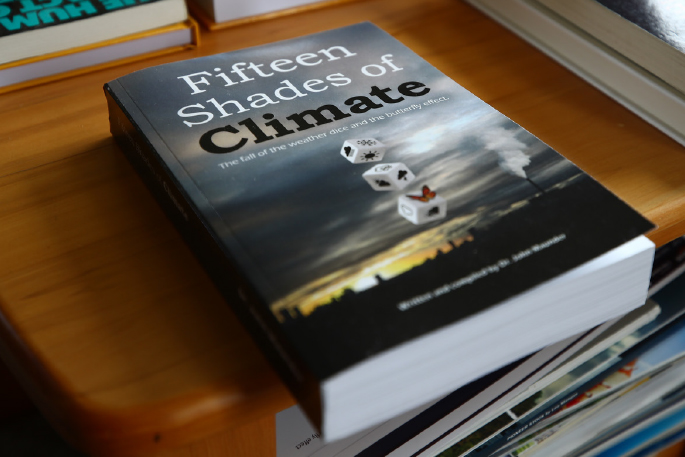Sunlive
theweekendsun.co.nz

A lifelong fascination with the weather has led John Maunder around the world, and he’s spent 70 years researching the effects of our climate.
At age eight John noticed the empty lot next to the BNZ bank in Takaka, where his family lived, would flood when it rained.
His curious mind wanted to know why it rained and what the consequences of the rain were.
A trip to the Cawthron Institute science organisation solidified his interest, so he bought a thermometer and made a rain gauge out of an Edmonds baking tin.
John completed a Bachelor of Science degree at Otago University after high school then went to work for the New Zealand Meteorological Service as a trainee weather forecaster.

Always wanting to know more, he did his master’s degree while at the MetService, on diurnal rainfall variations because he had been told it rains more at night in Hokitika so he set out to prove it one way or another. He discovered about 60 per cent of Hokititka’s rain falls at night.
A need to see the world led him to Canada, but not before travelling around the United States. John’s return to New Zealand saw him teach at Otago University where he also earned his PhD.
Another stint in Canada and frustration with a lack of books about the effects of weather led him to write his first book – ‘The Value of the Weather’, a text book for university students.
The scientist has gone on to write four more books, he has just released his fifth: ‘Fifteen Shades of Climate – The fall of the weather dice and the butterfly effect’.
The book aims to correct the over simplification of the climate change story.

A climate realist, John believes the world needs to stop polluting the air but is unsure if it would result in changing the earth’s temperature
“We’ve been polluting things but my feeling is that decreasing carbon oxide going into the atmosphere will improve our visibility and make it much healthier, but not necessarily change the climate.”
He says there have been times in history when average temperatures were higher than normal but with no heavy industry, carbon dioxide and methane emissions were minimal.
When it comes to climate, nature is the most important factor, says John.
The 88-year-old was president of the Commission for Climatology of the World Meteorological Organisation from 1989 to 1997. His work has taken him to Australia, Canada, USA, Ireland, Switzerland and England.
John and his late wife Melva retired to Tauranga and the city’s weather played a role on their decision to settle here.
The choice was between here and Nelson due to the similar climates.
“The weather definitely came into effect there.”
John continues to enjoy analysing weather data which he writes about in a weekly blog for SunLive.
BUY Your Own Copy of Dr John Maunders book Fifteen Shades of Climate Today.
Please share so others can discover The BFD.


